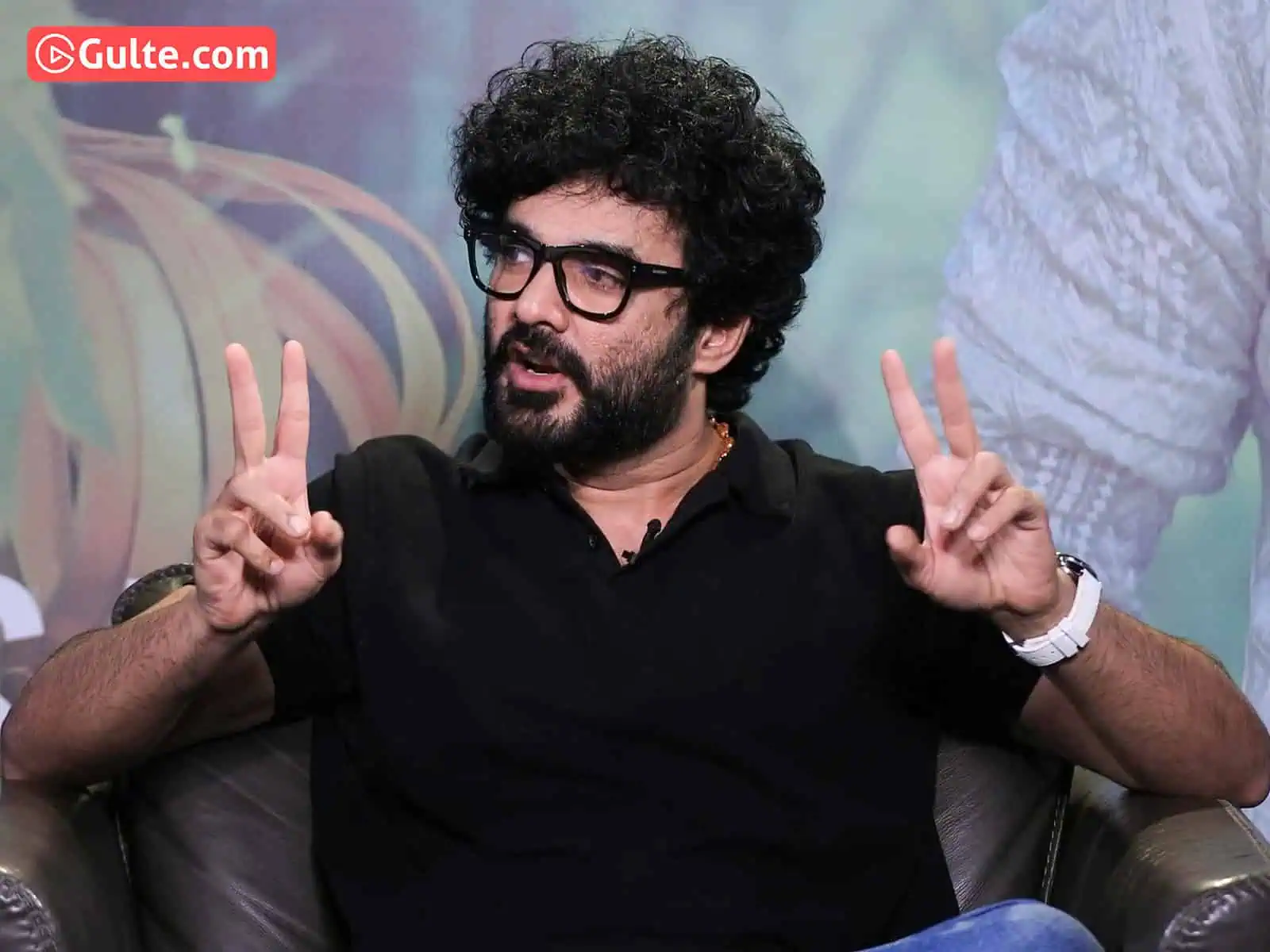Every year, Telugu cinema and other film industries release hundreds of movies. Yet, many fail to hold the audience’s interest till the end. A common reason behind such failures is what many call the “second half syndrome.” It happens when the first half engages viewers, but the second half loses pace after the interval, leaving audiences tired or disappointed.
For the first time, an actor openly discussed this issue — Siddhu Jonnalagadda. His recent release, Telusu Kada, directed by Neeraja Kona, hit theatres on Friday and opened to decent word-of-mouth. Though Siddhu didn’t do many pre-release interviews, he spoke to a group of journalists after the film’s release.
When asked about the mixed feedback, some liking the first half and others the second. Siddhu said that’s actually a good sign. It means both halves are connecting with different sets of people. He then spoke about how most Indian films struggle in the second half due to the structure of having an interval.
“In Indian cinema, we have an intermission that pushes filmmakers to create a strong high point before the break,” Siddhu explained. “After that, they need to restart from scratch to regain the same momentum, which often causes a dip.” He even joked that intervals were introduced mainly to boost popcorn sales.
Siddhu added that a senior writer once told him the second-half dip is common in almost every film. What matters is understanding where that dip happens and why. Many viewers online agreed with Siddhu’s take, saying the interval break sometimes affects the overall flow. Still, they pointed out that a few films manage to keep both halves equally engaging, proving that the “second half syndrome” can be overcome with strong writing and direction.
Watch : Siddhu’s Roundtable on Telusu Kada
Related

